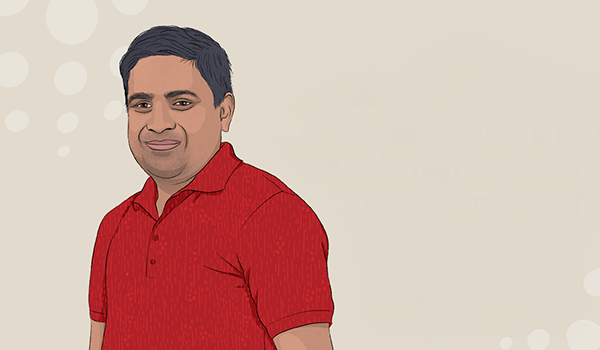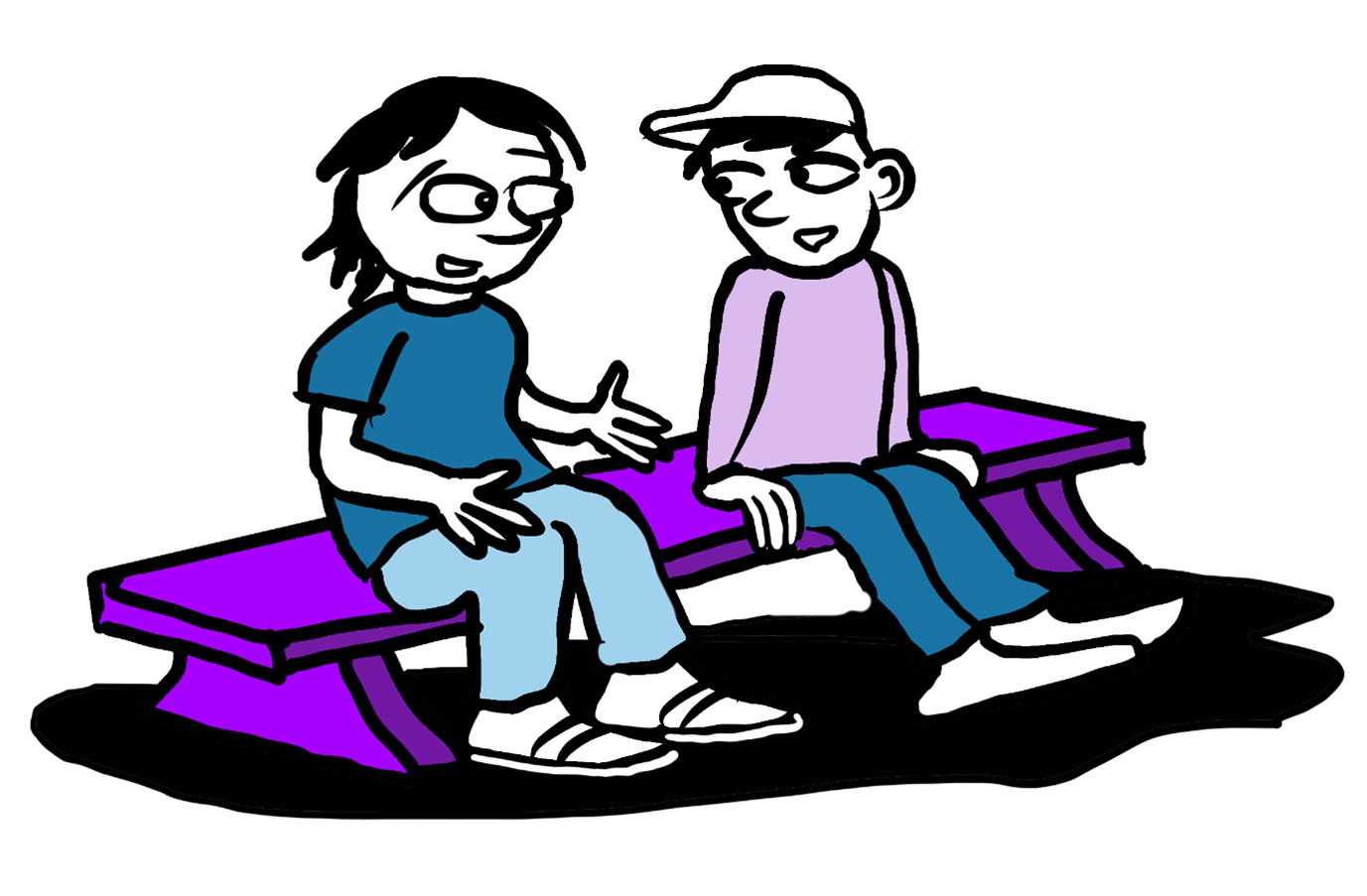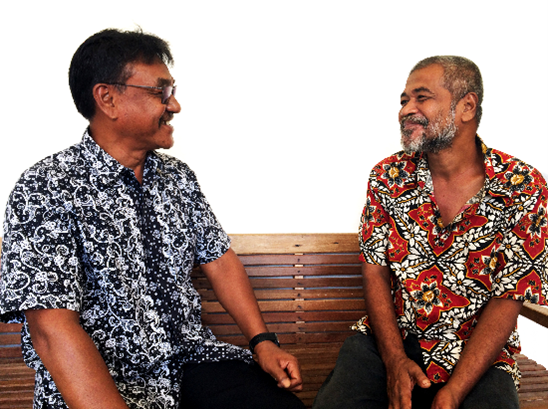Dreaming of an accessible world – Jen Blyth
Stories | October 4, 2021
Jen Blyth, Disability-Inclusion Advisor at CBM Australia guides her readers into a descriptive imagining of what an accessible world could look like.
At CBM Australia we’re working towards a vision where every person with disability can reach their full potential, even if they live in some of the world’s poorest communities. We strive to do our part to help make our world accessible, no matter what a person’s experience of disability is.
But have you ever wondered what an accessible world would look like?
Imagine with me – your house
The vibrating alarm wakes you up, and you get out of your perfectly height-adjusted bed to walk on the non-slip floor into the bathroom. You walk into the shower that has no steps or any fiddly little walls to step over. You reach to use the arthritis-friendly taps to twist on the shower to your desired temperature. The towels are easily accessible from the roomy shower and you go back into your bedroom to get dressed from your array of clothes that are in reach and arranged according to your preferences.
You then go into the kitchen where everything is at the appropriate height for you to switch on the kettle, open the fridge and prepare your breakfast. The food packages in your cupboard all have Braille next to images and writing on them so you can identify which one is the Coco-Pops you want to eat today. You turn on the TV and there are options to turn on captions, which is perfect despite the live nature of the news, but you could also watch the sign language interpreter standing next to the reporter speaking.
Your house has simple lines and minimal noise so you can feel calm and secure in your environment.
Imagine the outside world
You open the curtains using the raised buttons on your electronic remote, which you can also use to activate the heater in your car to ensure that the cold does not affect your joints.
Your doctor last week gave you a full health check-up and made sure your mental health was stable and offered a recommendation to see a mental health professional for free if you wished to do so.
You then drove and parked your adjusted car at the train station and caught the train to work. The train had sufficient seating, great ventilation and quiet spaces to sit and look out the window.
You arrived at work where everything, just like at home, was fully accessible and you never had to think about how to overcome certain hurdles such as using your work computer, meeting with your manager, or making your coffee.
Your colleagues treated you with the respect you gave them and did not doubt your capabilities. You could make phone calls all day long without having to explain the service you were using.
You were able to converse with people in your language without being misunderstood.
Accessibility assists ability
Because there are no barriers, you don’t have a disability.
Someone once described that ‘accessibility must be felt, but not seen’.
All the adjustments described here are accessible for most people, but are not necessarily obvious or intrusive.
Everything is simply accessible to everyone.
This is the world I dream of. This is the kind of world I want to live in.
https://www.cbm.org.au/stories/accessible-world
Related Stories

Access means I can move freely: Bimal Paudel on inclusion, innovation, and the ‘Accessibility Paradox’
For Bimal Paudel, disability inclusion isn’t just part of...

Strengthening communities for improved mental health
In the Philippines, people with psychosocial disabilities - particularly in rural and underserved areas...

Sustainable and replicable – our approach to mental health
At CBM, we realise that inclusion and mental wellbeing are foundational to the health...
